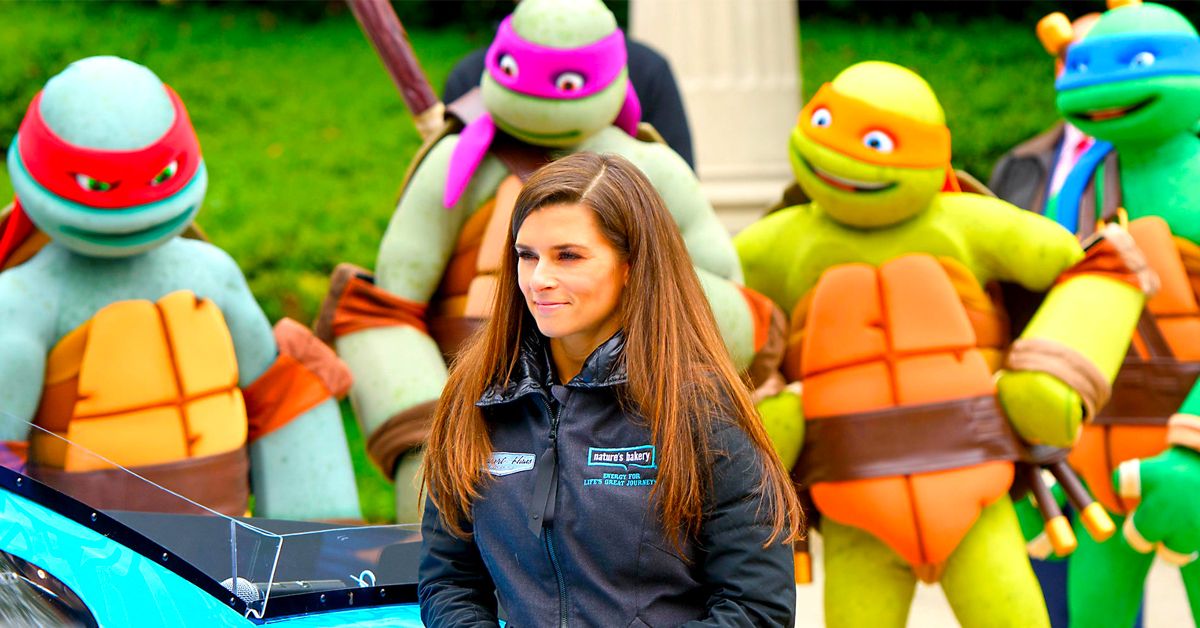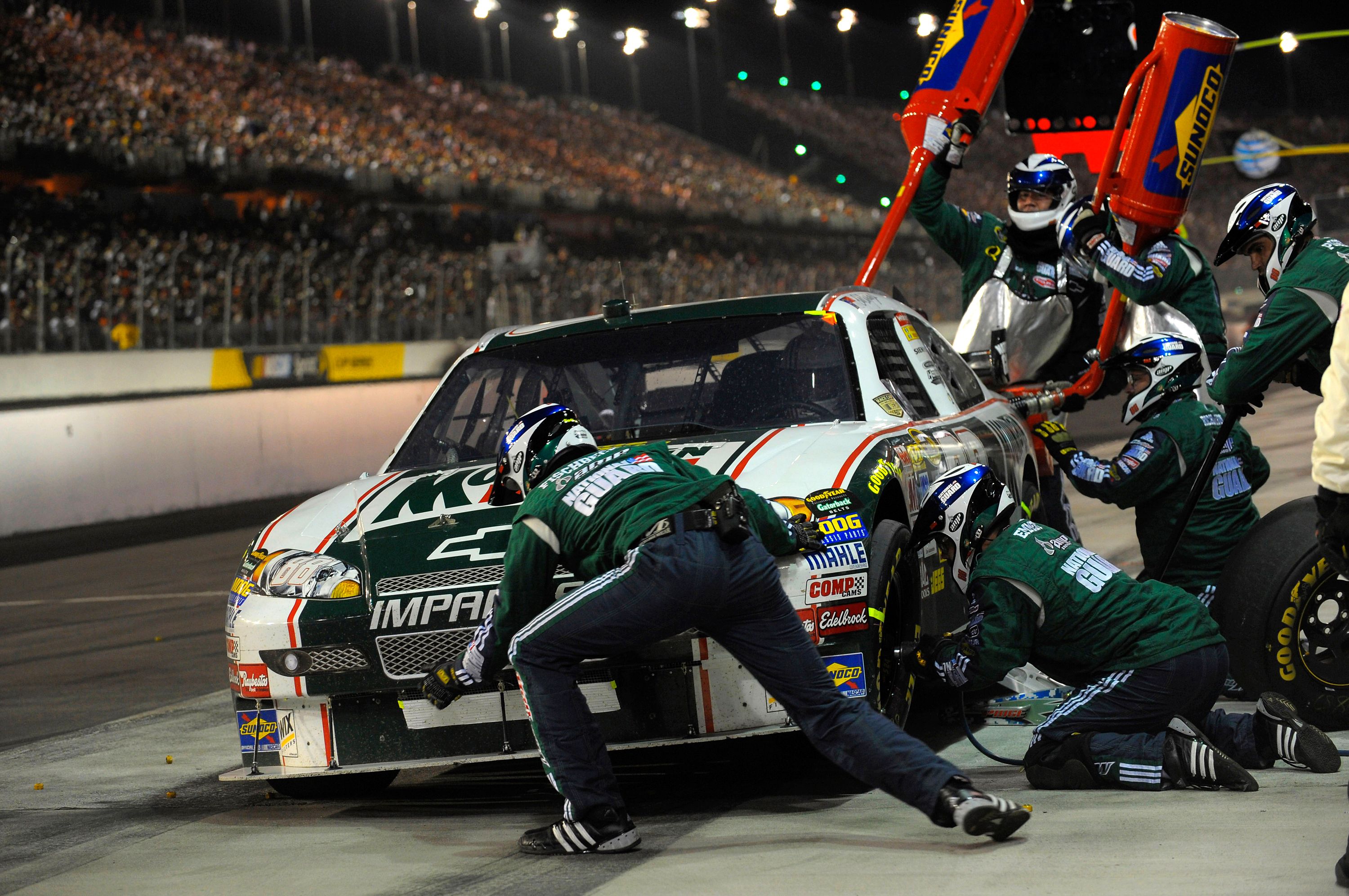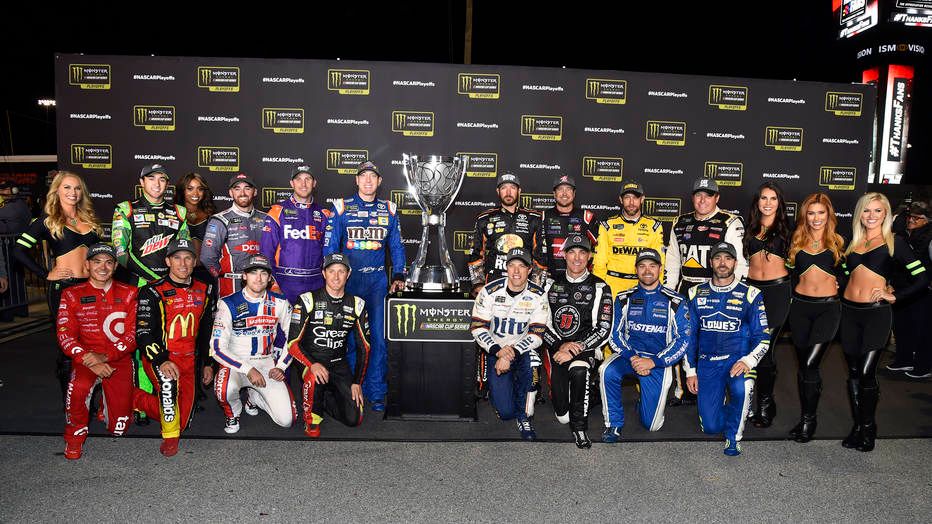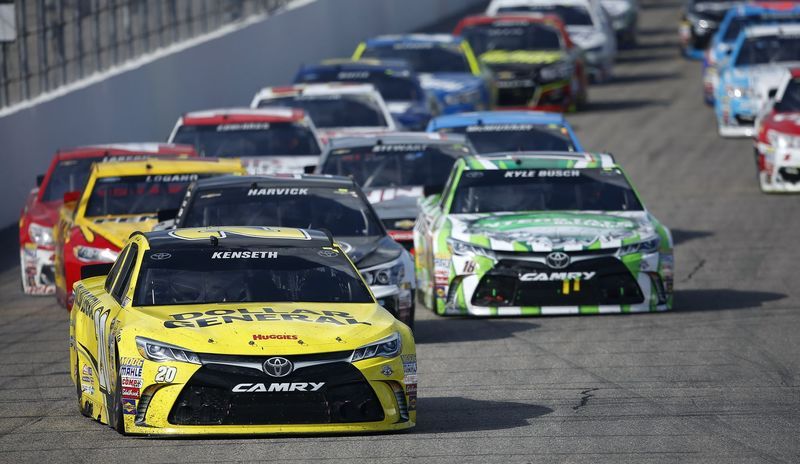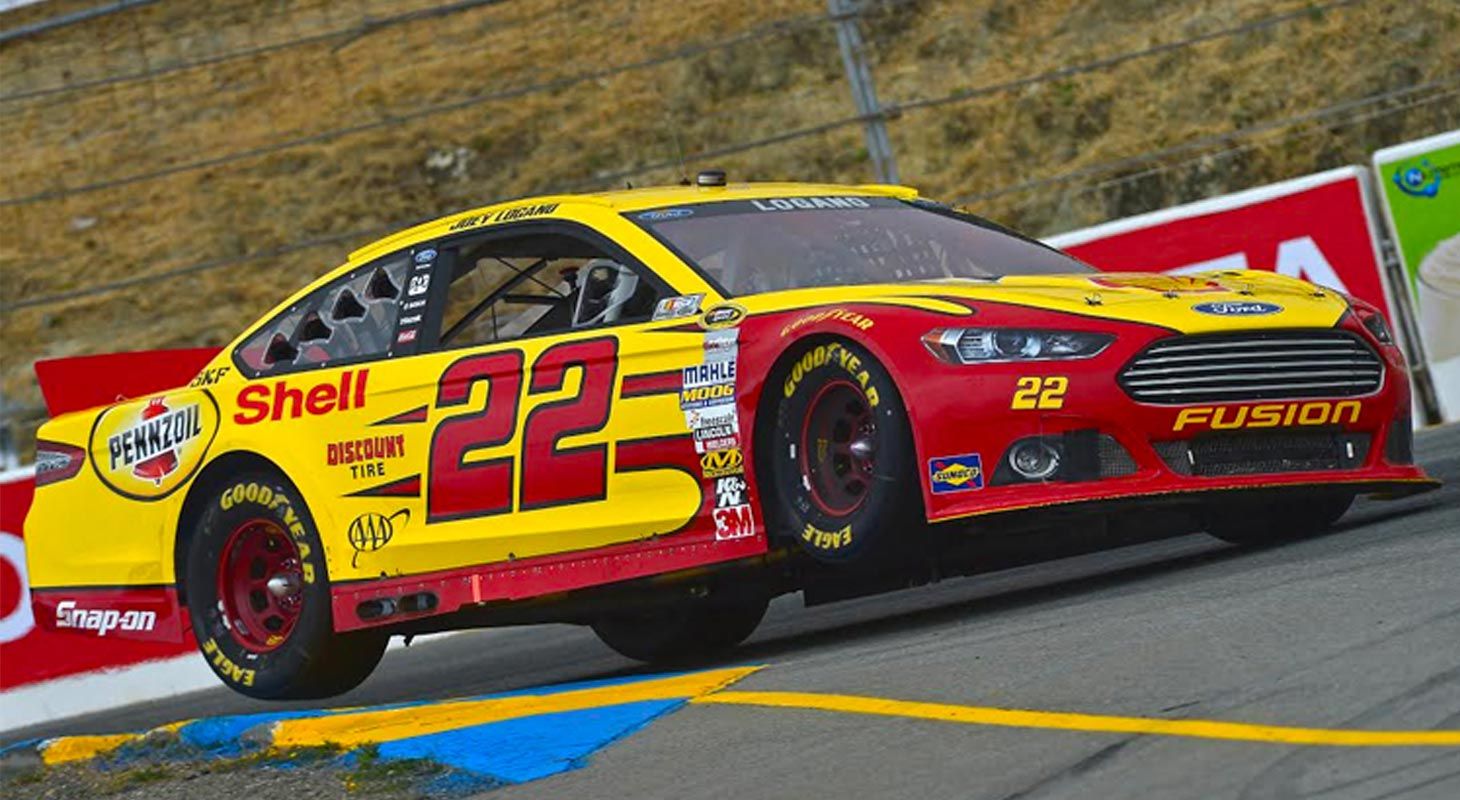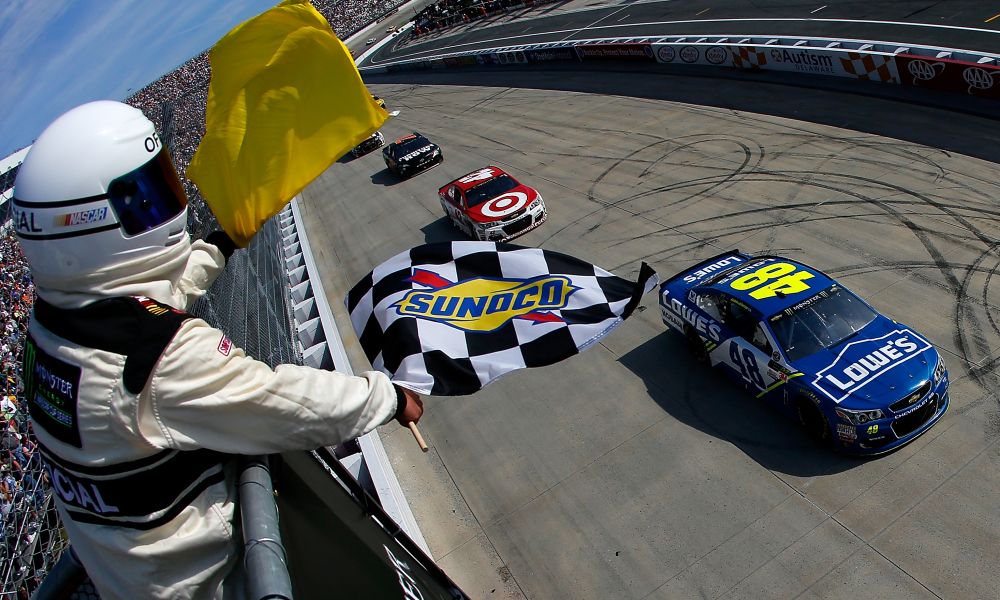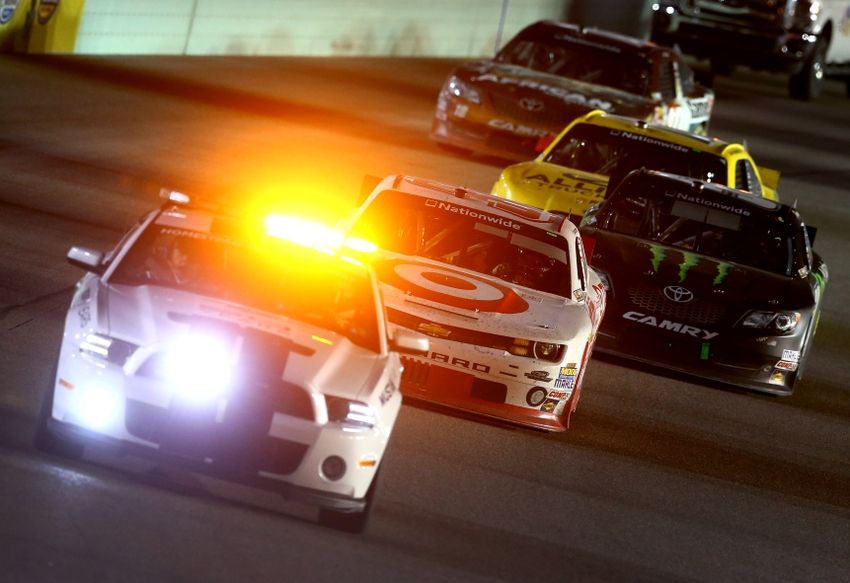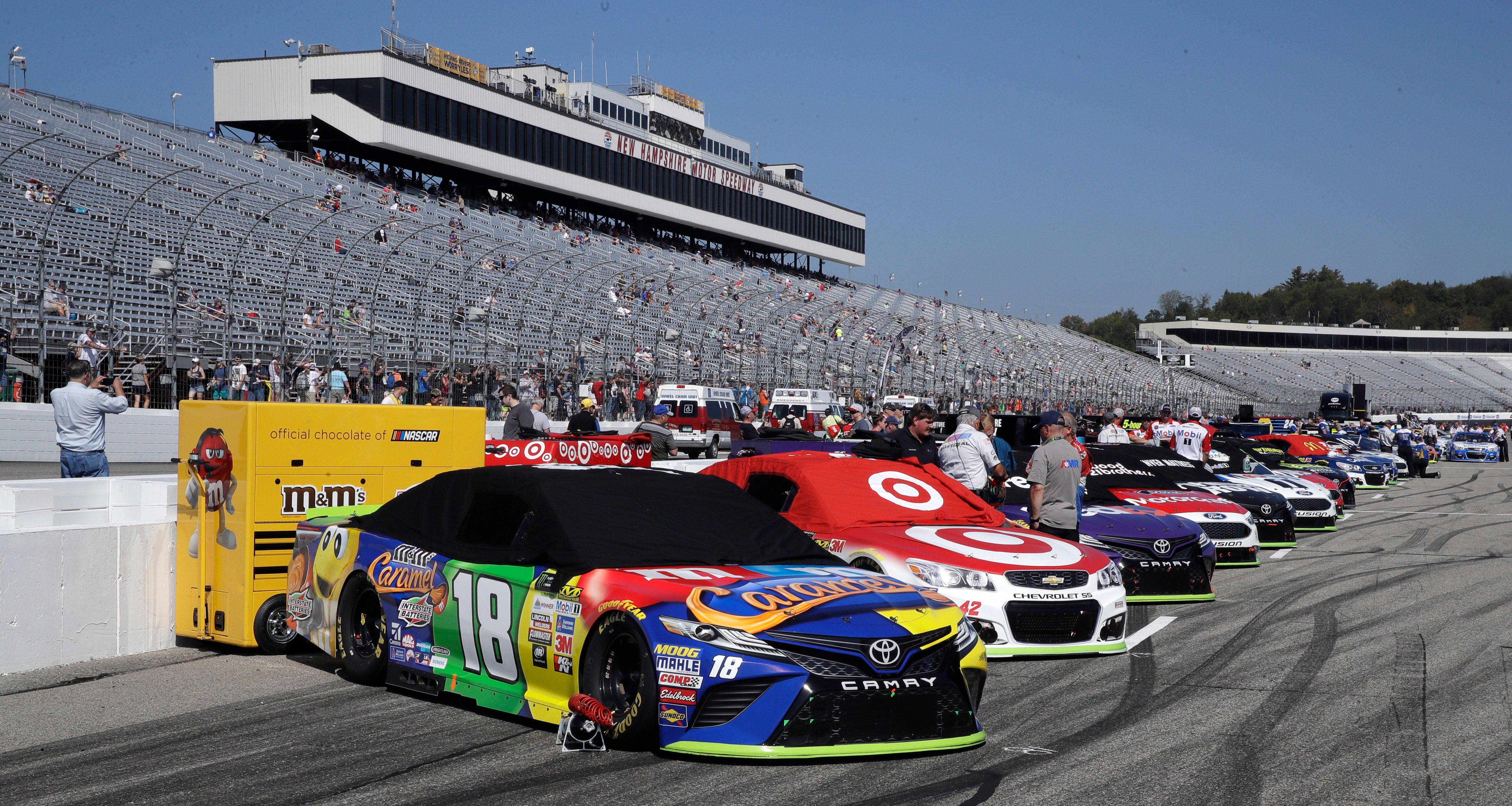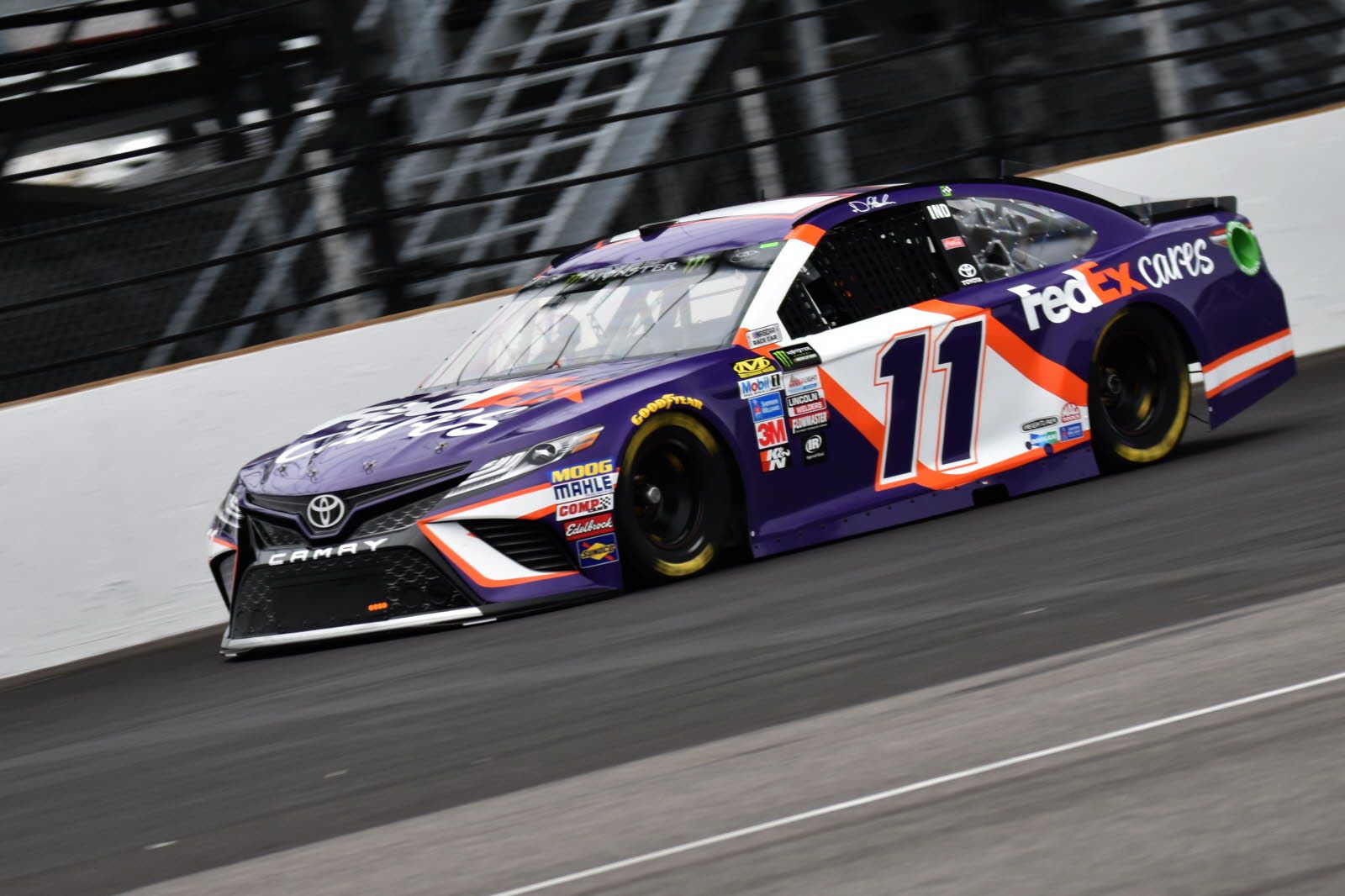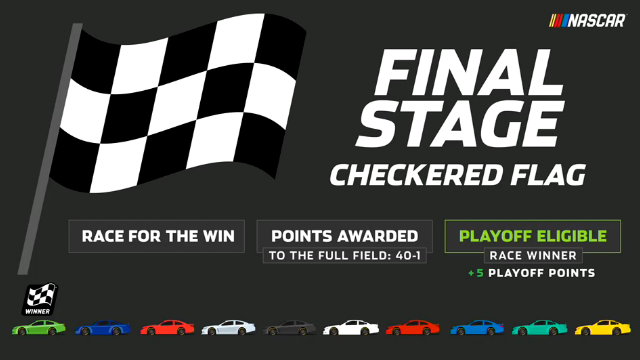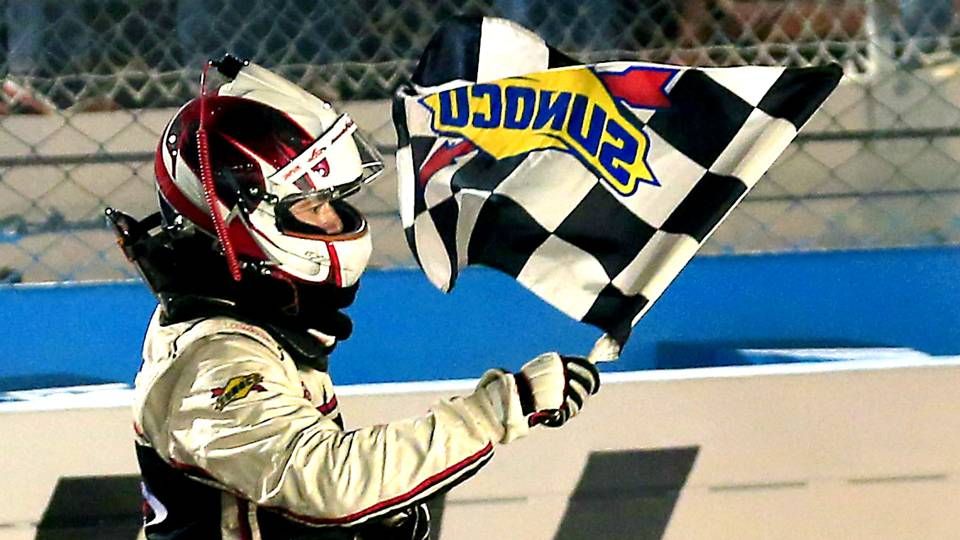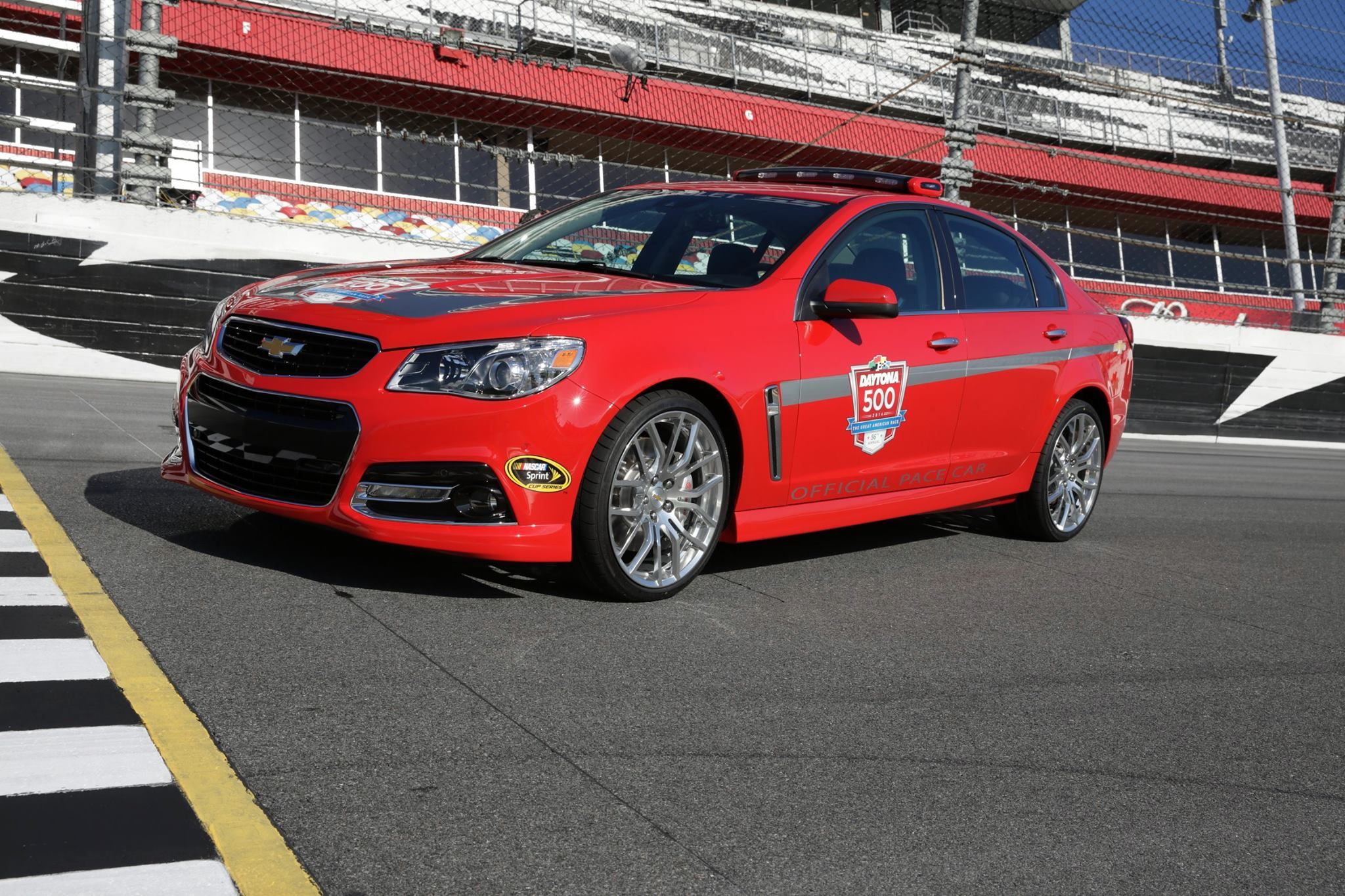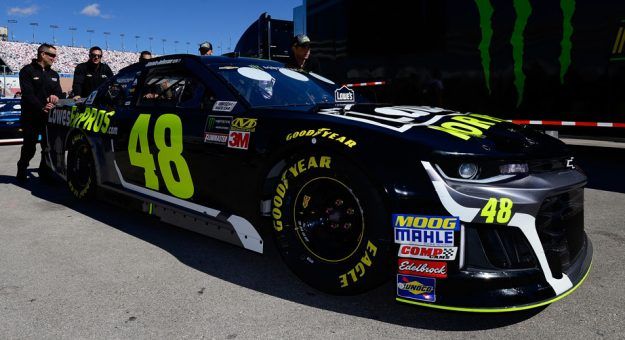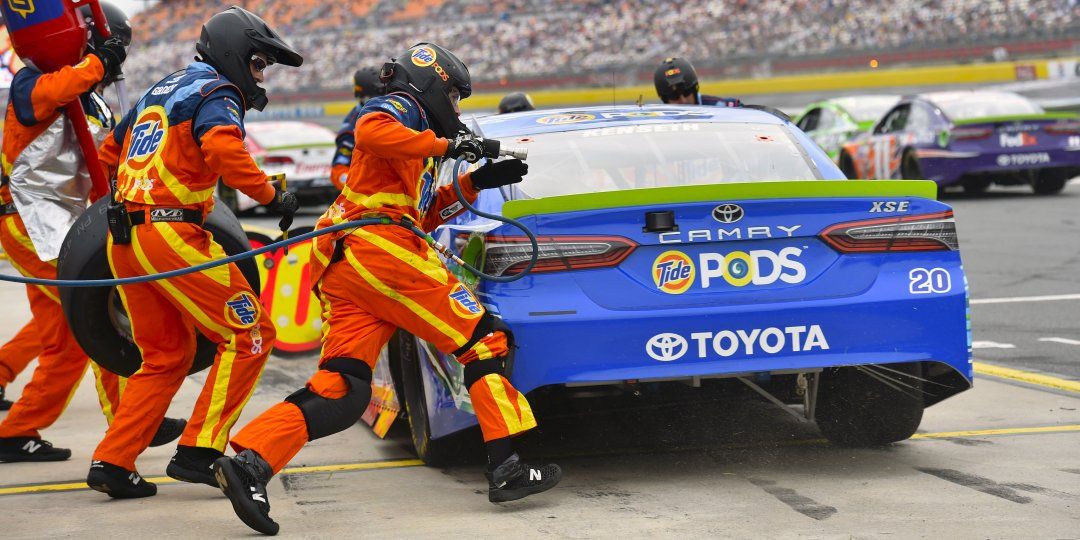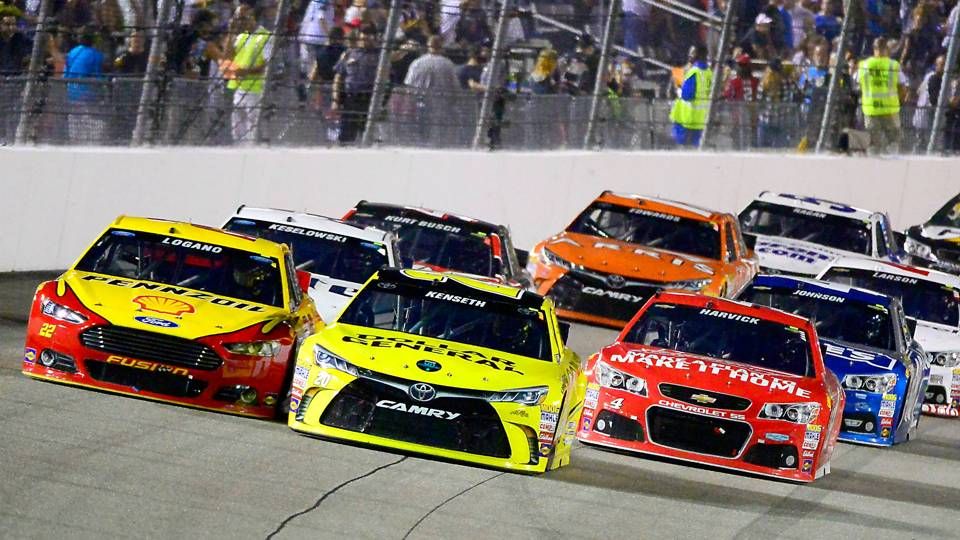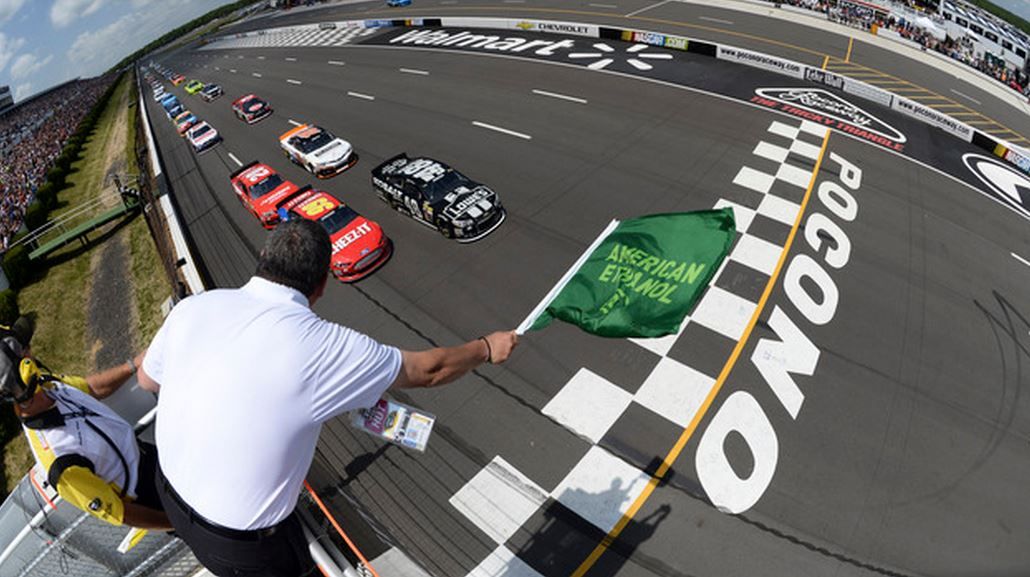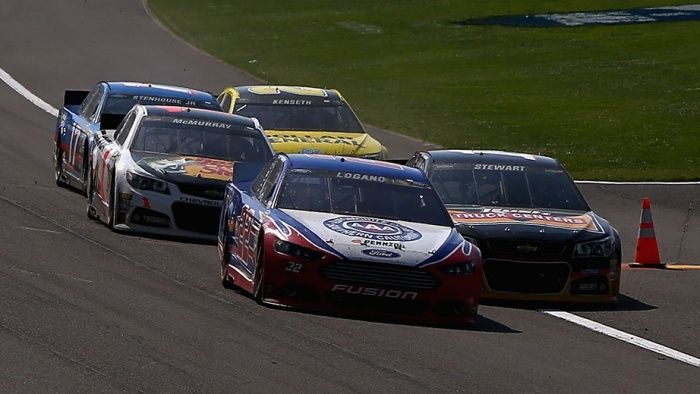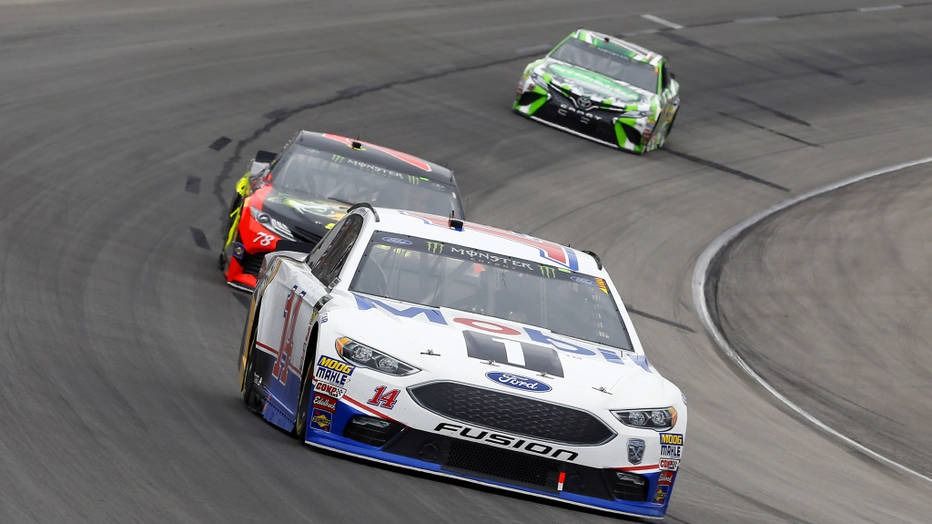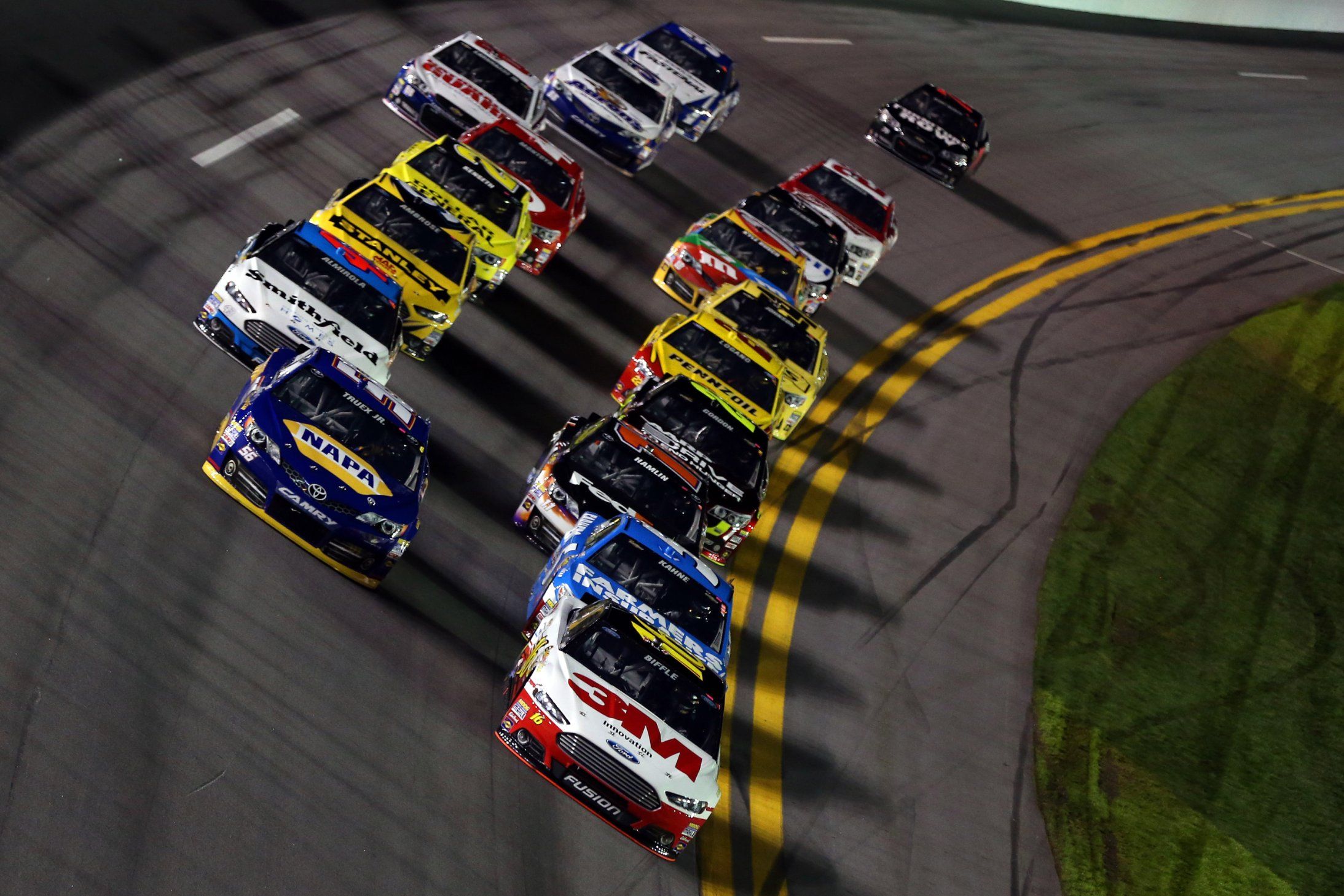Along with IndyCar, NASCAR is one of the USA's premier motor racing series and is perhaps a bit ahead of IndyCar at the current moment. The series officially began in the 1940s, just after World War II, and has grown into the biggest stock car racing series in the world and one of the most popular series in the world, as well. Whenever people think of motorsport in the United States, they tend to think of NASCAR. And why wouldn't they? Its huge calendar means it is racing time virtually every weekend of the year from January through November.
Of course, with such a major racing series, you need to have rules to keep things in check. And there is a huge amount of them, from the quite basic to the quite technical, as well. It is important for the drivers, especially, to be fully clued up on the rules and regulations of the series, as a lot of them apply to them and the things they do, in particular. Failure to comply with the rules, as well, is going to land you in hot water with those that are at the top of the stewarding ladder.
But some rules definitely make more sense than others and some just make absolutely no sense at all. This list comprises a good number of some of those rules, ten of which make perfect sense for NASCAR and ten that will really leave you scratching your head.
20 Doesn't Make Sense: Swearing Rules
Yeah, this is another slightly odd one, so let me explain. NASCAR drivers are not allowed to swear over the radio. Now, you can see the logic behind this. The sport, of course, is open to all ages and that means young children are going to be hearing the same radio that their parents are probably going to hear. That makes sense. But it all comes back to whether it is right and just to stifle someone's emotions. Drivers will swear anyway—of course they will. But it shouldn’t be made a rule that they can’t swear because more often than not, they just aren’t going to. And if they swear on the radio, then why not just not broadcast that bit of radio?
19 Doesn't Make Sense: The Playoffs
Whilst perhaps not a rule that the drivers have to adhere to, this is a rule that applies to all drivers. And to this day, the NASCAR playoff’s system does not seem to make much sense. After the ‘regular season’ has played out, the championship enters the playoffs to slowly eliminate drivers until just four are left at the final race of the year. But why the system was adopted is not known and it is incredibly difficult to gauge how many points a driver needs to advance or move up or to simply stay out of being eliminated. Perhaps, one day, NASCAR will go back to a much simpler points system but that doesn’t look to be happening anytime soon.
18 Doesn't Make Sense: Amount of contact allowed
This is something that very much annoys me about NASCAR. The amount of contact that is allowed between drivers in a race really does not make much sense. Maybe it's because NASCAR is a more recent viewing pleasure for me compared to IndyCar, F1, and the likes, but I find it quite bad sometimes how a driver can simply spin a rival around and get away with it. I'm thinking Austin Dillon on Eric Almirola at Daytona last year. That, to me, is still a big sticking point. I know that has been the way it has been for a good many years but it just isn’t exactly my cup of tea.
17 Doesn't Make Sense: Punch-ups
This is something that isn’t punished as hard as I think it should be, yet at the same time, I understand that drivers have to let their emotions show. Otherwise, no one would get anywhere in the world without showing a bit of emotion. The most recent one was between Kyle Busch and Joey Logano a couple of years ago. Punch ups in the pitlane don’t really look that professional and if anything, they can make the drivers look like brats. On the other hand, of course, you should be allowed to show some emotion. Perhaps, though, there a better ways to do it than simply punching someone square in the face?
16 Doesn't Make Sense: Overtime
Overtime is quite self-explanatory, in a way. If a race gets close to the end and a caution period or red flag is called, then overtime will be initiated. This is, quite simply, a short run to the flag with an additional amount of laps left to try and finish the race under green. If the leader gets about halfway around the circuit and over a line, if an accident occurs, the race will finish at the end of that lap. If he has not got to that point, another bout of overtime occurs. It’s a bit of a silly rule, though, because races can last for a significant amount of time longer than they were supposed to.
15 Doesn't Make Sense: Caution periods
I'm not saying that caution periods, outright, are silly. Not at all. But sometimes, the reasons for a caution period can be quite silly. Say a car is going slow down the back straight; he’s slow, but moving, and about to reach the pitlane. Suddenly, a caution is thrown and the race is interrupted. But why? Why does that need to happen? If he is out of the way on the track and about to reach the pits then why does a caution period need throwing out? It is situations like this that puzzle me and make me wonder what goes on in the decision making aspects of NASCAR.
14 Doesn't Make Sense: Race Restarts on another day
This isn’t, perhaps, the worst thing that is on this list but it is certainly unusual and not many racing series have ever done such a thing. Off the top of my head, the only major racing series that I know of that have done this are IndyCar and NASCAR, and perhaps MotoGP. Simply put, if the race is rained off on one day, they will attempt to race again the following day in order to avoid simply canceling the event, outright. This isn’t the best solution to an issue, even if it is the only one. Fans are going to be incredibly disappointed and many might want refunds, especially if they can’t make a race on a working day, if it takes place on Monday.
13 Doesn't Make Sense: Regular Season
This ties in quite nicely with that of the playoffs. The playoffs follow the conclusion of the regular season and it doesn’t make much sense as to why there has to be a regular season and a playoffs championship. I have always felt the playoffs take something away from the racing series and make the regular season quite pointless, even if there is a regular season champion. Two champions in one season? It doesn’t seem to make much sense to me. I personally feel NASCAR would be better off either doing away with the regular season champion or doing away with the playoff system, altogether. Whether that is going to happen, though, no one knows.
12 Doesn't Make Sense: Stage Racing
This is a rule that was implemented just a couple of years ago in NASCAR racing, and why it was implemented is anyone's guess. The races have been split into three stages. Stage one, stage two, and the final stage. Each stage has a winner and the winner of stage three is, of course, the overall race winner. And as the season goes on, the stage wins also award playoff points to those drivers. It can spice the rankings up as drivers fight for those extra championship and playoff points, but it wasn’t something that was needed in the series, not at all. What was wrong with the regular way of racing? Nothing.
11 Doesn't Make Sense: Green/White Checkered
This is another aspect of the overtime rule and the stage racing rule, as well: the green and white checkered flag, which has become a bit infamous with NASCAR over recent years. Why is it required? Well, no one really knows. It hasn’t exactly been a popular addition. But then again, neither has overtime and nor has stage racing. These are just rules that have been implemented to fix something that simply wasn’t broken. NASCAR isn’t the only series guilty of this and it's true that several racing series have implemented strange rules. But it doesn’t mean it is right to introduce such strange rules to the series.
10 Good Rule: Following The Pace Car
An obvious rule, but of course one that does make absolute sense, and whether you call it the Pace Car or the Safety Car, it does exactly the same thing. And that is that it neutralizes a race when an incident has occurred—be it an accident, a car stopping, or debris on the track. And, of course, with a neutralized race, you cannot overtake, so drivers follow the pace car around the circuit at a slower pace than they would during racing conditions. Unless it is a serious accident or terrible weather conditions, more often than not a pace car is what is used to slow proceedings down.
9 Good Rule: Scrutineering
You may wonder what scrutineering is. Well, think of it as the racing law. Or to be exact, the technical side of racing law. Scrutineering is something the cars go through at every race event, in every series, to make sure they comply with the rules and are not illegal. Usually, the cars will go through checks before the weekend starts and after qualifying and the race. Of course, though, some things can be missed between scrutineering sessions and teams can try and push the envelope with what is legal and what is at the limit of the rules. Should you fall afoul of scrutineering, expect a harsh penalty.
8 Good Rule: Safety Equipment
This is an obvious one, of course, but no less a vital rule. Every single team member who is in the front line of the racing action, be it a pit crew member or a racing driver, will have to wear some form of safety equipment to protect themselves from the many hazards that racing throws up. What does that equipment consist of? Well, usually it is helmets, gloves, overalls, and boots. But each one is meant to withstand varying degrees of fire temperature (into the several hundreds of degrees) and the helmets are all made as strong as possible to withstand any debris that may hit them and to protect the pit crew members' or the drivers' heads.
7 Good Rule: Restarts
Restarts are a key element of any racing series that uses a pace car but in NASCAR racing, it is perhaps more crucial than ever. A restart is one of the best chances to gain a position over your rival, as the side by side nature of the restart means if the guy alongside you spins up their wheels, you can drive right on by. Of course, cautions breed cautions, and often a restart can become quite messy and bring out the pace car and a caution once again. So, a restart is crucial in many ways and can lead to you gaining an advantage or even being caught up in another accident.
6 Good Rule: Forming up for Race Start Itself
Yes, this is a very important rule for NASCAR racing. Each racing series has different ways to form up. Formula 1 does it on a two-by-two staggered grid style in standing starts. MotoGP is similar but with three bikes per row. NASCAR and IndyCar have the same format: two-by-two rolling starts (apart from the Indy 500, which sees IndyCar’s line up three wide). Rolling starts have become a staple of racing in the US and they provide a lot of excitement (and a different kind of excitement over the standing start that is mostly used in Europe). It, perhaps, has its disadvantages with the cars being so bunched up but is exciting nonetheless.
5 Good Rule: Pitlane speed limits
This is a very important rule, for safety as much as anything. There was a time when pitlane speed limits simply weren’t a thing and drivers would simply throw their cars into the pitlane at whatever speed they wanted, take their pitstops, and then fly out again. Well, perhaps unsurprisingly, the decision was made many years ago to introduce pitlane speed limits, which are controlled by a button on the wheel. The driver presses this as he enters the pitlane and it keeps him at a speed of usually between 40 and 60 miles per hour. Perhaps it is not the most interesting rule but it's an important and very logical one for the safety of everyone working in the pits.
4 Good Rule: No blocking
The concept of blocking can be, in some ways, a bit of a gray area, as it isn’t always that clear when someone is being blocked. A driver can defend a position but you can’t then go further and further and block a guy from having any chance of passing. For one, it’s unsportsmanlike and two, it can be dangerous. A late block could lead to a major accident and that is the last thing that anybody wants. Make it hard for your rival, of course—racing wouldn’t be exciting if it wasn’t good, hard racing—ut there is a time and a place for being, essentially, dirty.
3 Good Rule: Penalties
Again, this is perhaps an obvious and not so interesting rule that each driver must one day cope with, typically sooner rather than later. Should your car fail scrutineering, a penalty will be applied of some form. And that can be quite a wide range of penalties, including things like a rather hefty exclusion from a session to being sent to the back of the grid, or even your crew chief being barred from the garage. It may be a reprimand or a hefty fine for the time. Each penalty, of course, can have a varying level of impact on a driver and a team, which certainly can shake things up when it comes to championship standings.
2 Good Rule: Driver Introductions
Driver introductions may not sound like the most vital part of a race weekend but the scene is mandatory for drivers to attend so they can be introduced to the crowd. Think of it as like a TV intro, almost, that introduces the headlining cast. That is what this is. IndyCar also features it and Formula 1 features its drivers in its new style introduction with the grid presentation. But in NASCAR and IndyCar, each driver is introduced to the crowd, one by one, in a special presentation before the race begins. It is certainly a great way of showing the fans their heroes before the action begins.
1 Good Rule: Drivers Briefings
This is not the same as driver intros; this is a briefing that takes place before the race for all the drivers and it is, again, something that is mandatory to attend. A drivers briefing will go over any key points of the race coming up, from any safety issues, speed limits in the pits, any changes to the track, stuff like that. Again, it may sound a bit trivial but it is something that all drivers must attend or they can receive a rather big telling off from those in charge of the race meeting. This, though, is usually a fairly rare occurrence.
Sources: NASCAR, Sporting News, Fortune, Racing News, Wikipedia, and Racing Nation.

